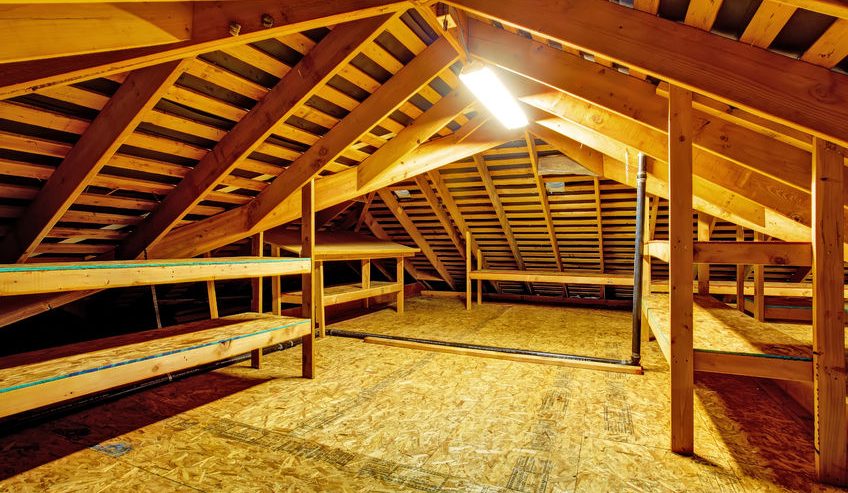How to Optimize Airflow to Your Attic
As any homeowner knows, you need to make sure that the airflow going through your attic is controlled and regulated, which requires effective attic roof insulation. However, if you’ve never addressed the airflow in your house before, there are many factors you need to keep in mind to make sure that the job is done properly, the most important being looking for items that might be obstructing your airflow. Unless you stay on top of your indoor air quality, there could be issues at play of which you are not even aware. Here are a few ways you can optimize air flow to your attic that will improve the overall air quality in your home and help your family breath easy.
What is your Air Quality?
For most homeowners, it can be very difficult to tell on their own if a given space is suffering from airflow issues, mostly because measuring air quality requires equipment that many do not have. Obtaining an air quality monitor, however, is much easier than you might think, and is one of the best ways for you to make sure the air quality in your home is consistently high. As soon as you have an air quality monitor, go up to the attic and test things out, which should give you a beginning idea of whether or not you are experiencing airflow problems.
Do you Know Where the Problem is Coming From?
If you are suffering from poor air quality in your attic, you will need to look into why exactly this is the case. More often than not, when airflow in the attic is restricted, mold and mildew can grow and cause a massive dip in your home’s air quality, which can also be a problem for virtually every HVAC or ventilation system with restricted airflow. With a large enough accumulation of mold, improving airflow might require a thorough cleaning of your entire system, as well as leaving the doors and windows open occasionally.
Poor insulation is another major offender that can hamper attic airflow, whether by virtue of questionable roofing materials or shoddy roofing installation. Because an incorrect installation can be hard to detect by the untrained eye, you should consider working with an experienced contractor
How are the Filters?
Finally, any obstructed airflows are the result of dirty or damaged filters, making these one of the first things you should check when you suspect low airflow and reduced air quality. Over time, filters will collect a lot of dust, dirt, debris and potentially mold, mildew, and bacteria growth that can badly restrict airflow. Cleaning these filters out regularly will go a long way in optimizing the airflow in your attic.
Optimize Air Flow to Improve Air Quality
If you’ve noticed a reduction in the quality of air in your home, then the most likely culprit is a reduction in air flow. Whether caused by a poor insulation installation or the accumulation of dirt and debris within your HVAC system, reduced air flow can result in big problems for both your house and your family. If you optimize air flow within your home, particularly in the attic, you’ll make sure your HVAC system is working at optimal levels and that the air quality in your home is as at the level you need.





Comments
Comments are disabled for this post